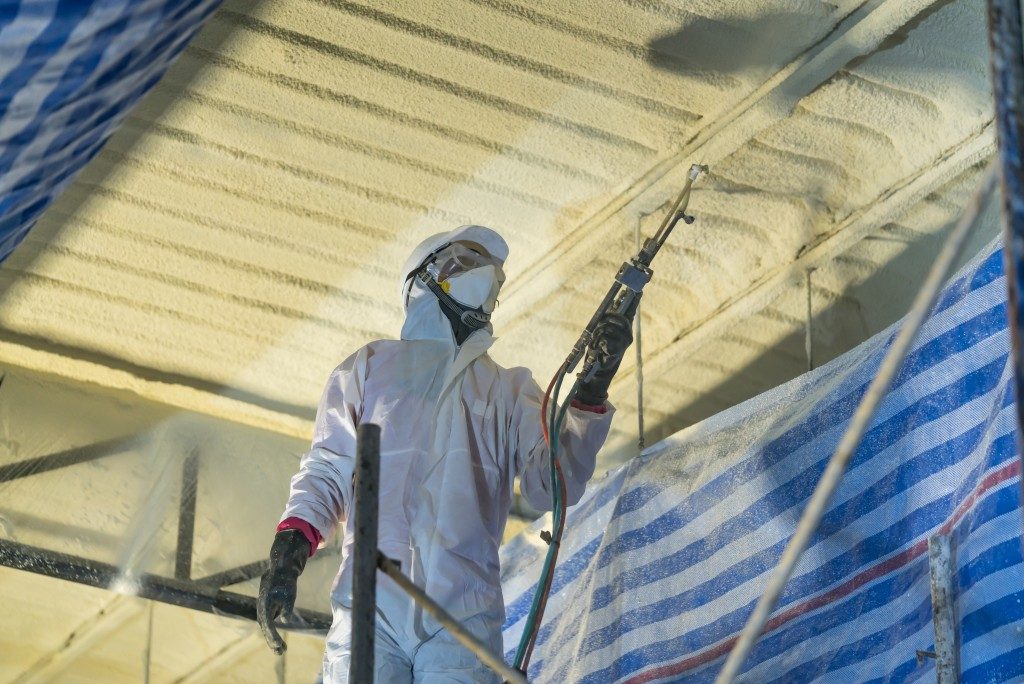All property owners are on the pursuit of methods that will reduce their property running expenses as much as possible. One solution for minimizing your property costs lies in insulation. This helps to retain as much heat and cold as possible and thus reduces the overall heating and cooling costs of your property while guaranteeing optimal indoor comfort. There are several insulation materials on the market, but they all fall into two main categories; bulk and reflective insulation.
The bulk insulation used by insulation companies in Houston, TX, is primarily designed for the prevention of heat transfer through convection and conduction. Reflective insulation, on the other hand, is meant to reduce heat loss by radiation. Before the installation of any of these insulating options in your attic, however, adequate preparation is essential to ensure the material reaches its highest R-value. Air sealing is one of the vital steps in the preparation and serves to minimize the loss of heat in your attic. The following are the key areas that are air-sealed in the attic.
Perimeter
The wall block installed around your attic’s perimeter can become a leading cause of air loss. You should thus seal the wall plate to block the escape of air around your home’s outer edges. This spot is nonetheless one of the hardest to seal since it is cramped under your eaves, making it hard to access. There are nevertheless different techniques and tools used by technicians to air seal the perimeter even up to the tight spaces that the hands will not ordinarily reach.
Ceiling Lightboxes
Your attic will, of course, have a lighting fixture. From your vantage attic point, you will only see wires sticking out of your electrical box. The hole in your ceiling should still be appropriately sealed using caulk or a similar material. This way, there will be no heat loss through spaces in between your electrical fixtures.
Attic Chases and Plumbing

The plumbing vent pipes that run through your attic will have large holes cut into them at their point of entry and exit through the attic. The same applies to water pipes. Failure to air seal the spaces between the plumbing will result in considerable heat loss even with the best insulation material. Caulking and weathering are the standard techniques used for sealing the areas around your plumbing and attic chases.
Ductwork
The largest spaces responsible for heat and cooling losses are found in the ductwork of your attic. Although HVAC contractors do their best to minimize the left gaps, they might not seal off the gaps completely. Insulation contractors will thus start by sealing around the gaps of your ductwork. This step often involves not only the attic but also your entire home.
Insulation installation is not an easy task as most articles, and insulation material suppliers will fool you into believing. Without the right contractor, the above areas will remain unsealed. You will thus not see much of a difference in your indoor comfort and cooling and heating costs. The work of your contractor starts long before the material’s installation. They will also guide you on the selection of an appropriate R-value depending on your area’s climate.

